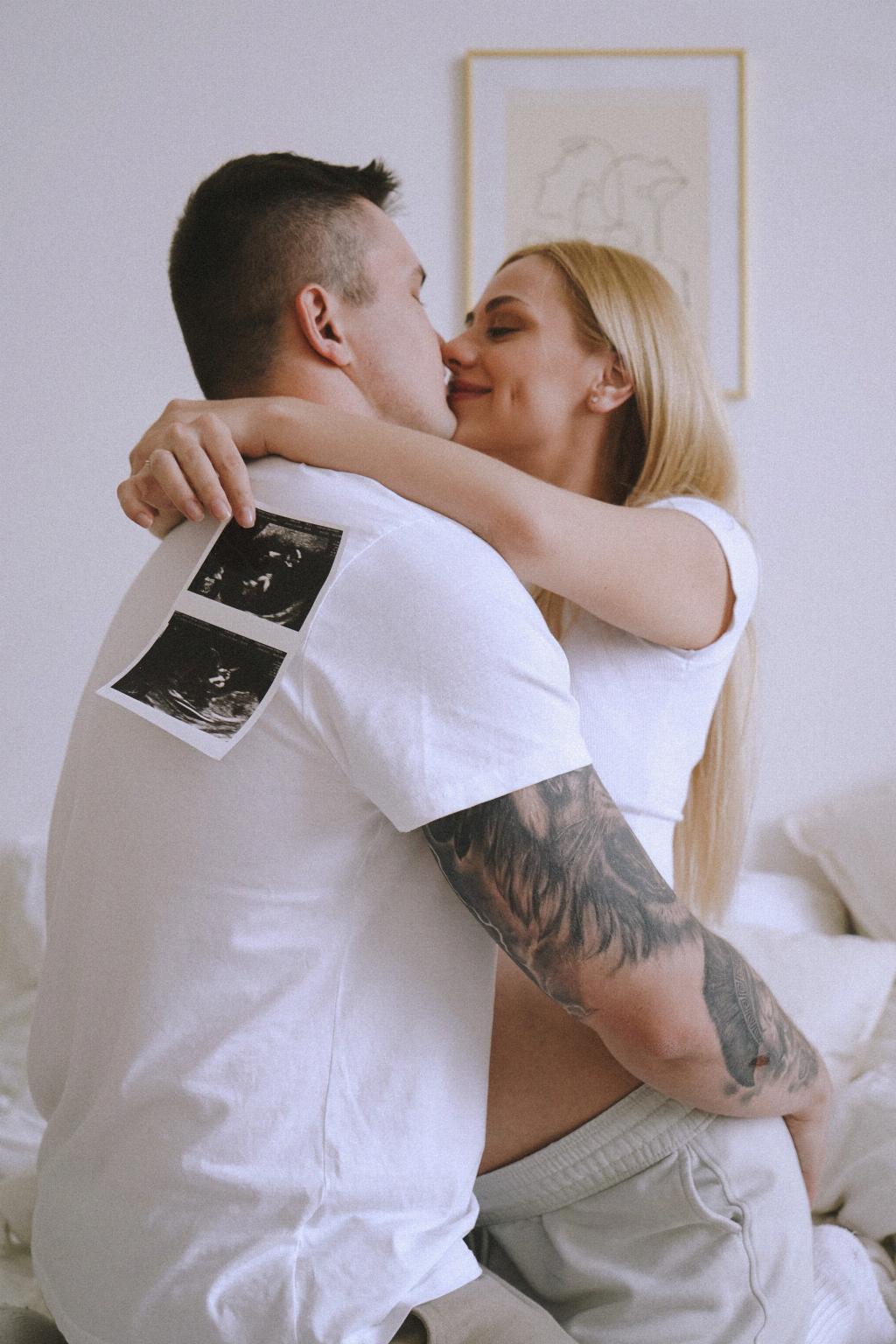After giving birth, many new mothers experience what is known as lochia, a postpartum discharge that contains blood, mucus, and uterine tissue. The first stage, known as Lochia Rubra, typically lasts for the first few days after delivery. Following this initial phase is the stage known as Lochia Serosa, which can last up to two weeks. And finally, we reach the third stage, Lochia Alba, during which the discharge lightens in color, eventually turning from pink to a light brown to yellowish white hue.
Duration of Brown Lochia
During the Lochia Alba stage, which is the period characterized by the brownish discharge, it is common for new mothers to wonder how long this phase will last. On average, brown Lochia can persist for around two to six weeks after giving birth. Throughout this time, the discharge will gradually decrease in volume and color changes, indicating that the body is healing and returning to its normal state.
Intermittent Spotting
Even as the Lochia changes from pink to brown, and eventually to a yellowish white shade, it is not uncommon for some women to experience intermittent spotting of blood. This spotting can be surprising, but it is usually nothing to worry about unless it is accompanied by other concerning symptoms such as heavy bleeding or a foul odor. However, it is always advisable to consult with your healthcare provider if you have any doubts or concerns.
Factors Affecting the Duration
It is essential to remember that the duration of brown Lochia can vary from person to person. Several factors can influence how long this stage lasts, including the individual’s overall health, the type of delivery (vaginal or cesarean), and whether there were any complications during childbirth. Additionally, how well a person takes care of themselves postpartum can also play a role in the healing process and the duration of Lochia Alba.
Importance of Rest and Recovery
While the presence of Lochia postpartum can be uncomfortable and sometimes inconvenient, it is a natural part of the body’s healing process following childbirth. During this time, it is crucial for new mothers to prioritize rest and recovery, allowing their bodies the time and space they need to recover fully. Adequate rest, good nutrition, and staying hydrated can all contribute to a faster healing process and the resolution of Lochia.
When to Seek Medical Advice
Though Lochia is a normal part of the postpartum experience, there are instances where it is essential to seek medical advice. If you experience heavy bleeding that does not decrease over time, severe abdominal pain, fever, or a foul-smelling vaginal discharge, it is crucial to contact your healthcare provider immediately. These symptoms could signal an underlying issue that requires medical attention.
Self-Care During Lochia
While brown Lochia is a natural occurrence, there are steps new mothers can take to make themselves more comfortable during this period. Using absorbent pads, wearing loose and breathable clothing, practicing good hygiene, and avoiding strenuous activities can all help alleviate discomfort and promote healing. It is essential to listen to your body’s signals and give yourself the care and attention you need.
Emotional Support
Alongside the physical aspects of postpartum recovery, it is essential to acknowledge the emotional toll that childbirth and the postpartum period can take. Many new mothers may experience feelings of sadness, anxiety, or overwhelm during this time. Seeking support from loved ones, joining a new parent support group, or speaking with a mental health professional can all help navigate these emotions and ensure overall well-being.
Returning to Normal
As the weeks pass and the Lochia gradually transitions from brown to yellowish white before eventually ceasing, new mothers may begin to feel a sense of normalcy returning to their bodies. It is essential to remember that every person’s postpartum journey is unique, and there is no set timeline for when one should feel completely healed. Give yourself grace and patience as you navigate this transformative period.
Postpartum Check-Up
Following the resolution of Lochia and as you settle into your new role as a parent, it is crucial to attend your postpartum check-up with your healthcare provider. During this visit, you can discuss any lingering concerns, ensure that your body is healing properly, and receive guidance on contraception options and future care. Your healthcare provider is there to support you through every stage of your postpartum journey.
Conclusion
In conclusion, the duration of brown Lochia, which is part of the Lochia Alba stage, typically lasts around two to six weeks after giving birth. While the presence of postpartum discharge may be uncomfortable at times, it is a natural part of the body’s healing process following childbirth. By prioritizing rest, self-care, and seeking medical advice when necessary, new mothers can navigate this period with strength and resilience, knowing that healing is a gradual but essential part of the postpartum journey.

